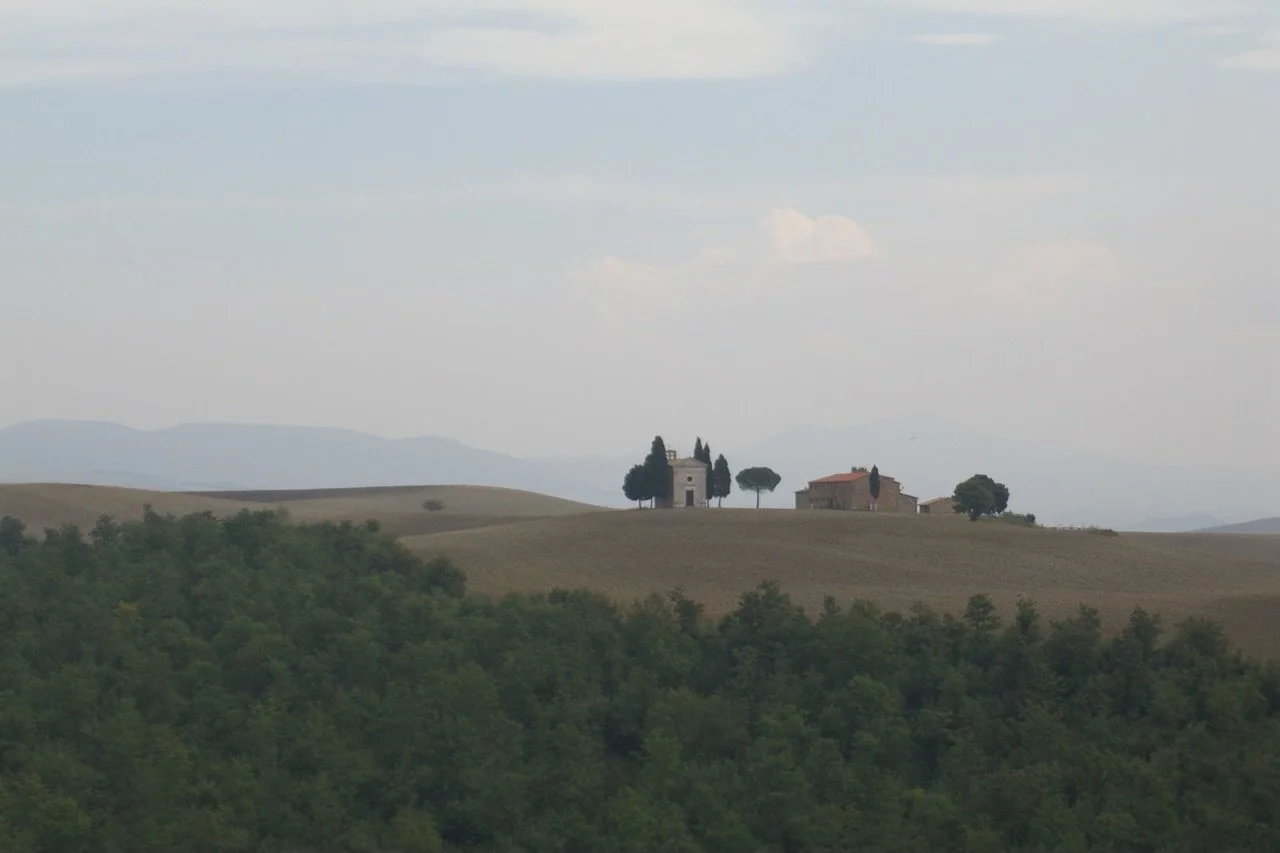
Activism & EarthCare
We are going to have to find ways of organizing ourselves cooperatively, sanely, scientifically, harmonically and in regenerative
spontaneity with the rest of humanity around earth… We are not going to be able to operate our spaceship earth successfully nor
for much longer unless we see it as a whole spaceship and our fate as common.
—BUCKMINSTER FULLER
Creatives as Activists
The relationship between activism and creative artists is deeply intertwined, as both arise from a desire to express truth, challenge limitations, and inspire transformation. Activism seeks to awaken awareness and bring about social, cultural, or environmental change; creative artistry does the same through imagination, emotion, and the language of symbols, story, and beauty.
Artists often become activists—consciously or not—because authentic creativity engages the moral and spiritual conscience of society. Through music, film, literature, painting, performance, and digital media, artists give form and voice to the unseen dimensions of collective experience: suffering, hope, injustice, and possibility. Art can reach where argument cannot, awakening empathy and reflection.
Conversely, activism can nourish artistry by grounding it in purpose. It can give artists a cause, a community, and a context for their creative gifts. The activist impulse infuses art with urgency and relevance, while the artist’s imagination gives activism heart, depth, and vision.
At their best, activism and creative artistry work together as two expressions of the same creative impulse—the impulse to envision and embody a more conscious, compassionate, and just world.
Details of GATE EarthCare offerings will be posted here.
Tyrants always fear art because tyrants want to mystify while art tends to clarify.
The good artist is a vehicle of truth, he formulates ideas which would otherwise remain vague and focuses attention upon facts which can then no longer be ignored. The tyrant persecutes the artist by silencing him or by attempting to degrade or buy him. This has always been so.
—IRIS MURDOCH

